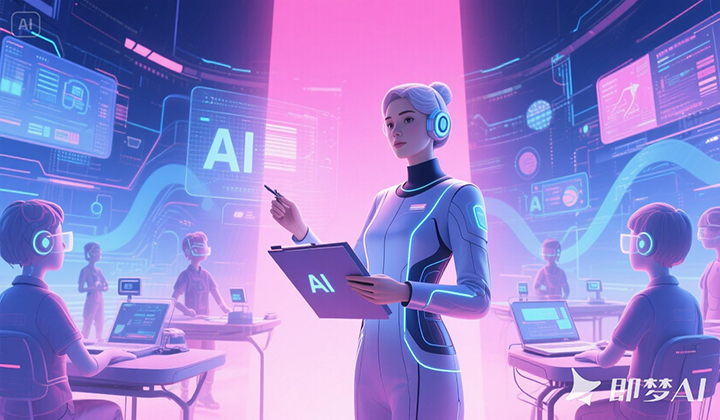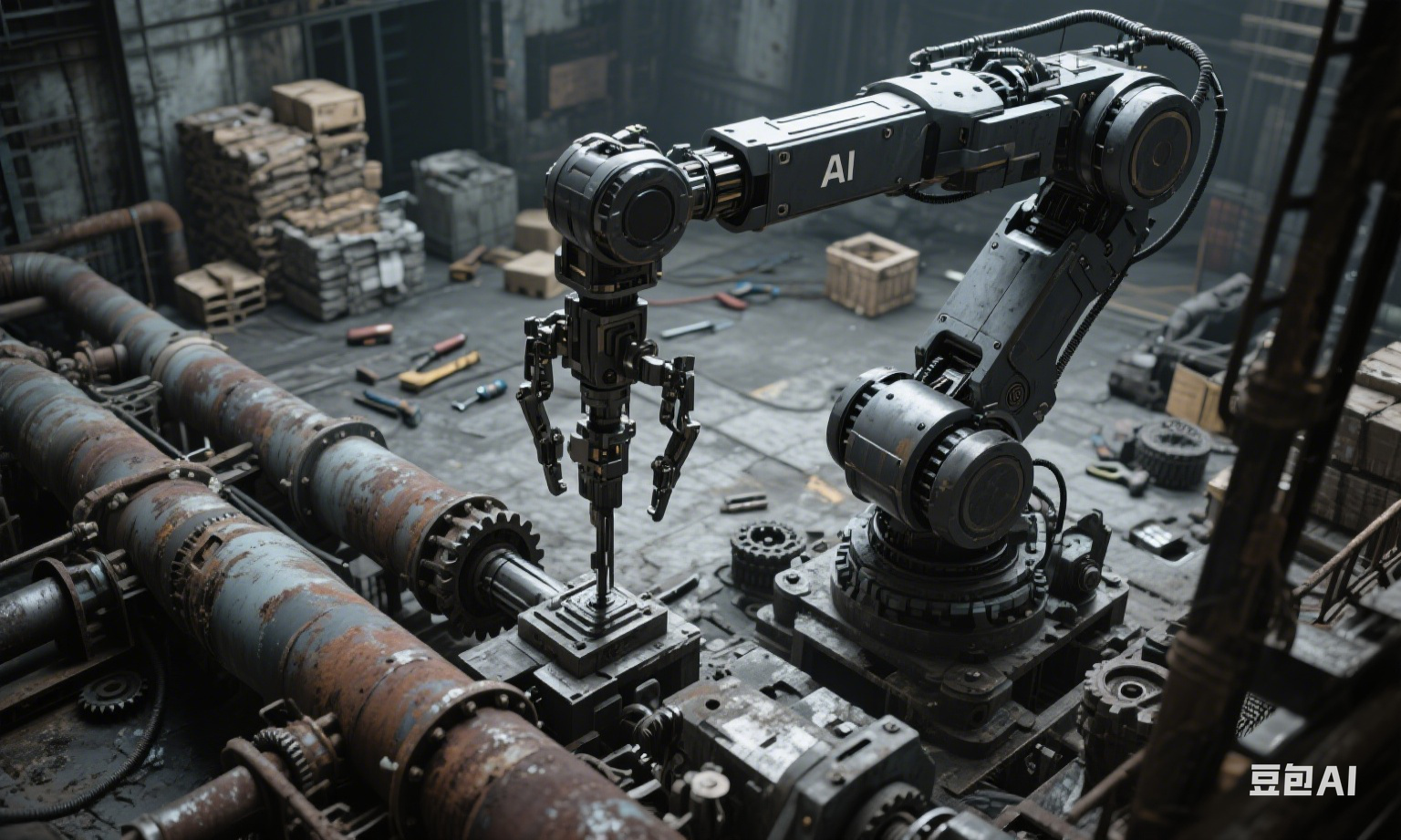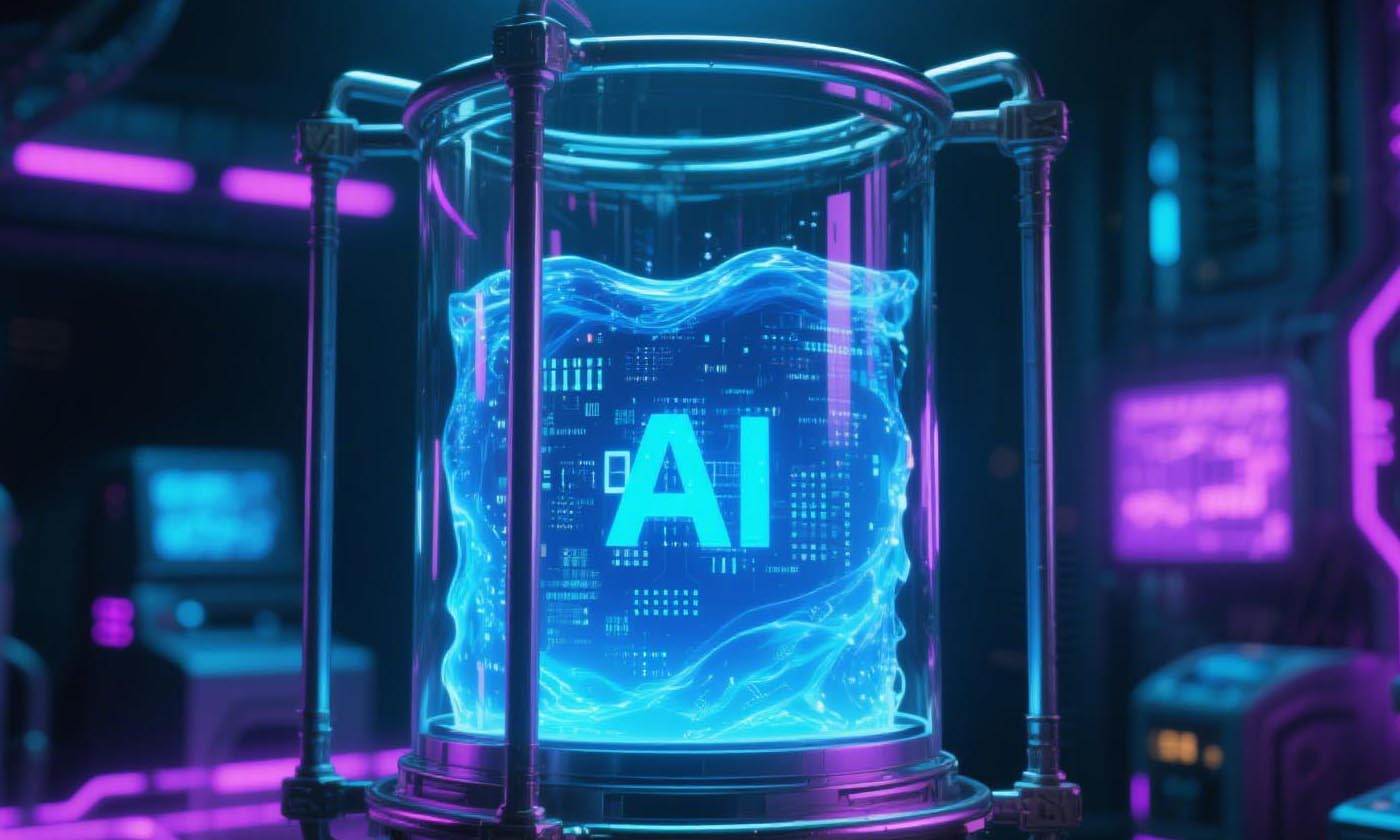Three questions about cutting-edge AI technologies: Can they break through the boundaries of human
Currently, AI has demonstrated abilities beyond humans in specific fields such as chip design and scientific computing. For example:
Chip design: The "Qimeng No. 1" chip developed by the Institute of Computing Technology of the Chinese Academy of Sciences has generated 32-bit RISC-V general-purpose processors with more than 4 million logic gates in five hours through AI fully automatic design, and its performance has reached the level of Intel 486. The Sengupta Laboratory at Princeton University has used reverse engineering technology to create chips with complexity beyond human understanding through AI.
Scientific exploration: AI has made breakthroughs in quantum computing, protein folding (such as AlphaFold), and other fields, pushing the boundaries of human cognition of the microscopic world.
However, breakthroughs in AI are still limited to specific tasks and do not yet possess the ability to transfer knowledge across domains and construct new theoretical frameworks (such as Einstein's interdisciplinary thinking). Therefore, AI has broken through the boundaries of human cognition in local domains, but still has limitations in overall intelligence and creative thinking.
2、 What is the underlying logic behind AI breaking through cognitive boundaries?
Data driven and pattern recognition: AI trains on massive amounts of data to discover patterns that are difficult for humans to detect (such as AlphaGo's "divine hand").
Automated design and optimization: AI achieves efficient optimization in areas such as chip design and drug development through technologies such as reinforcement learning and generative adversarial networks (GANs).
Multimodal fusion and interaction: Technologies such as big models and embodied intelligence enable AI to process multimodal data such as text, images, and sound, simulating human perception and decision-making processes.
But AI's cognitive breakthroughs rely on pre-set goals and rules set by humans, lacking self-awareness and values. Its essence is still a tool breakthrough, rather than a cognitive revolution.
3、 The future challenges and opportunities of AI breaking through cognitive boundaries
Challenge:
Knowledge boundary: AI is difficult to transfer methods and deduce theories across disciplines like humans.
Ethics and Safety: Complex systems designed by AI, such as chips and weapons, may exceed human control and pose security risks.
Data exhaustion: The public data is nearly exhausted, and we need to rely on AI to generate data in the future, but it may cause a "data foam".
opportunity:
Scientific discovery: AI can accelerate the research and development of new materials and drugs, promoting breakthroughs in basic science.
Cognitive Expansion: The combination of AI and brain computer interfaces may help humans overcome biological limitations and achieve "enhanced intelligence".
Human machine collaboration: AI will form a complementary relationship with humans, jointly exploring unknown fields.
The cutting-edge technology of AI has broken through the boundaries of human cognition in certain fields, but its essence is still a tool based breakthrough. In the future, whether AI can truly achieve a cognitive revolution depends on whether it can solve core issues such as autonomous consciousness and cross domain transfer. Human beings should view AI as a partner in expanding cognitive boundaries, rather than a substitute, while maintaining a focus on ethics and safety as technology develops.












